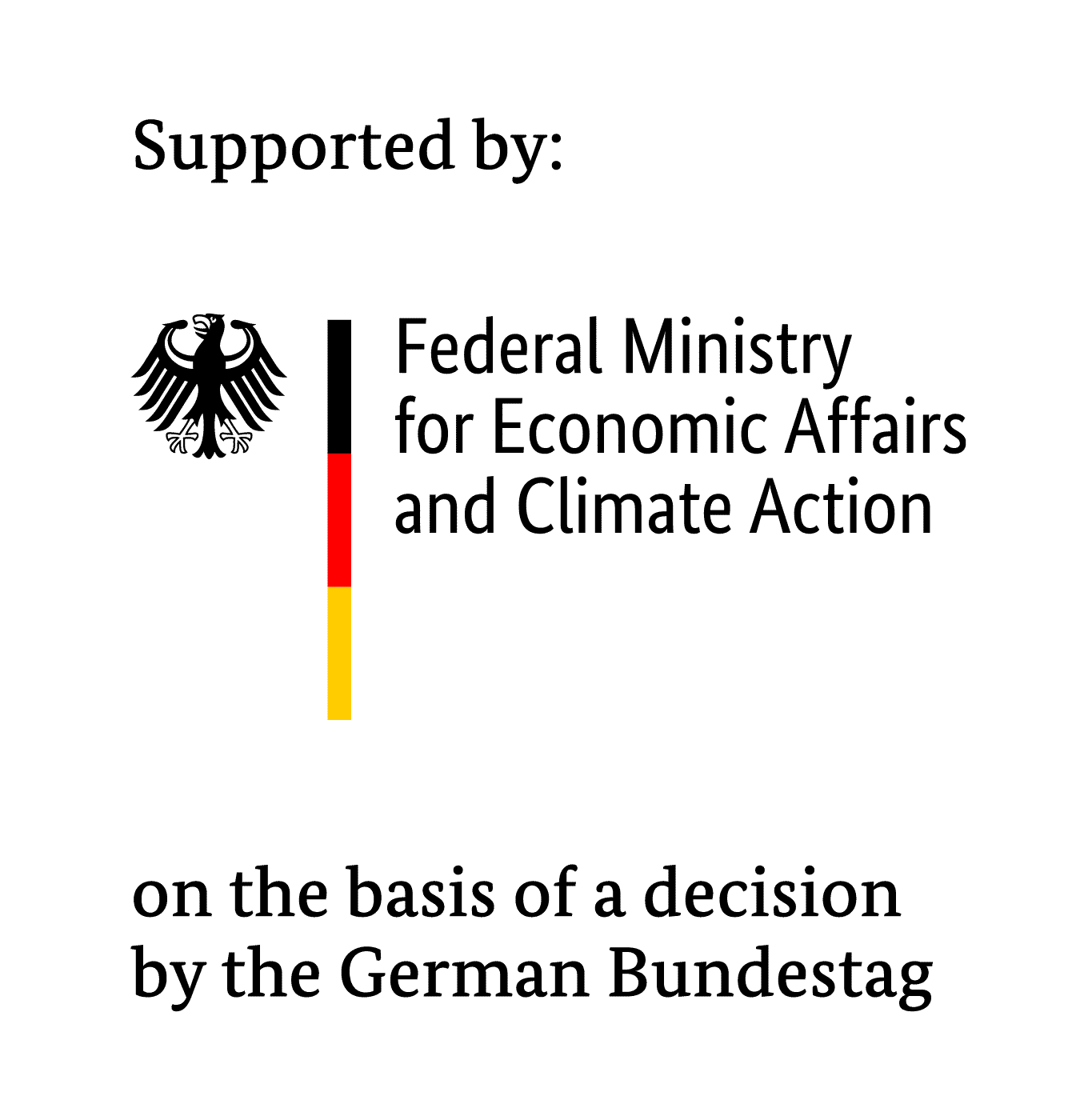Venite

In the field of solar thermal power plants, liquid salt technology has been commercially established as a thermal storage technology for several years. Currently, nitrate salt melts have been operated in the solar tower sector at the limiting temperature of 560 °C for a few years, so that no long-term experience is yet available.
A further temperature increase to be able to serve modern power plant processes with higher efficiencies from the liquid salt storage is highly desirable. However, increasing the previous operation in the upper limit range from 560 °C to 620 °C represents a major technological challenge. Reactions take place between the liquid nitrate salt melt and the gas atmosphere. An increase in temperature leads to the formation of toxic nitrogen oxides, which can escape from the storage system into the environment, as well as to decomposition products dissolved in the salt, which cause unacceptable corrosion rates. In preliminary tests at DLR, the influence of various gases such as oxygen and nitrogen oxides on the stability of the molten salt could be demonstrated qualitatively on a laboratory scale. Furthermore, previous solar thermal storage systems operate in exchange with ambient air, whereby foreign gases such as humidity and CO2 enter the salt system and reduce its lifetime.
The aim of the project is to identify a suitable gas system with specifically adjusted partial pressures for oxygen and nitrogen oxides in order to operate solar salt permanently at elevated operating temperatures above 600 °C, excluding unfavorable foreign gases. This process will be scaled up from laboratory scale (100 g) to pilot plant scale with a salt mass of 100 kg. The results may trigger an innovative leap in nitrate salt storage and open up new fields of application for the first time. These include solar thermal power plants with molten salt as heat transfer and storage media, such as solar tower or parabolic trough power plants, process heat plants, as well as thermal storage power plants, which have modern steam parameters. Furthermore, the work will safeguard liquid salt operation at 560 °C by creating life cycle models for the first time in the project.
For VeNiTe, TSK Flagsol gratefully acknowledges financial support from the PTJ.
Das Vorhaben VeNiTe wurde mit Mitteln des Bundesministeriums für Wirtschaft und Energie unter dem Förderkennzeichen 03EE5043B gefordert. Die Verantwortung für den Inhalt dieser Veröffentlichung liegt beim Autor

